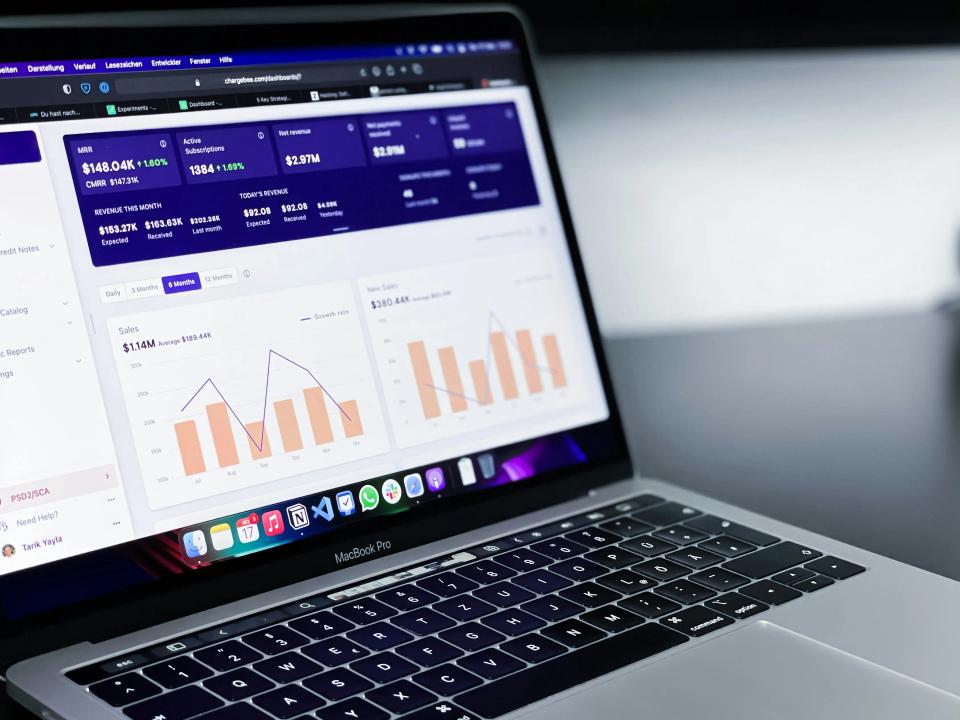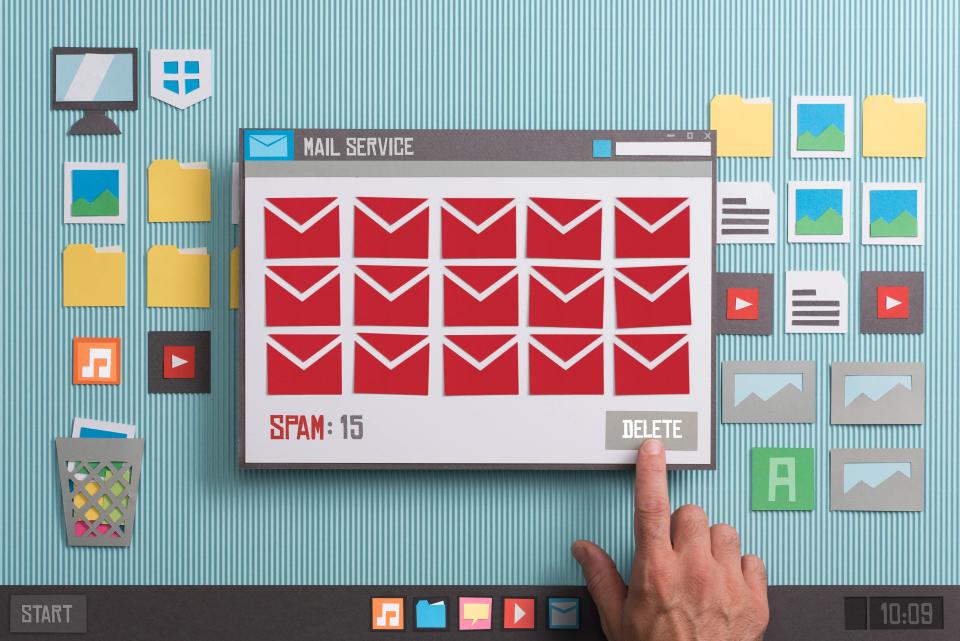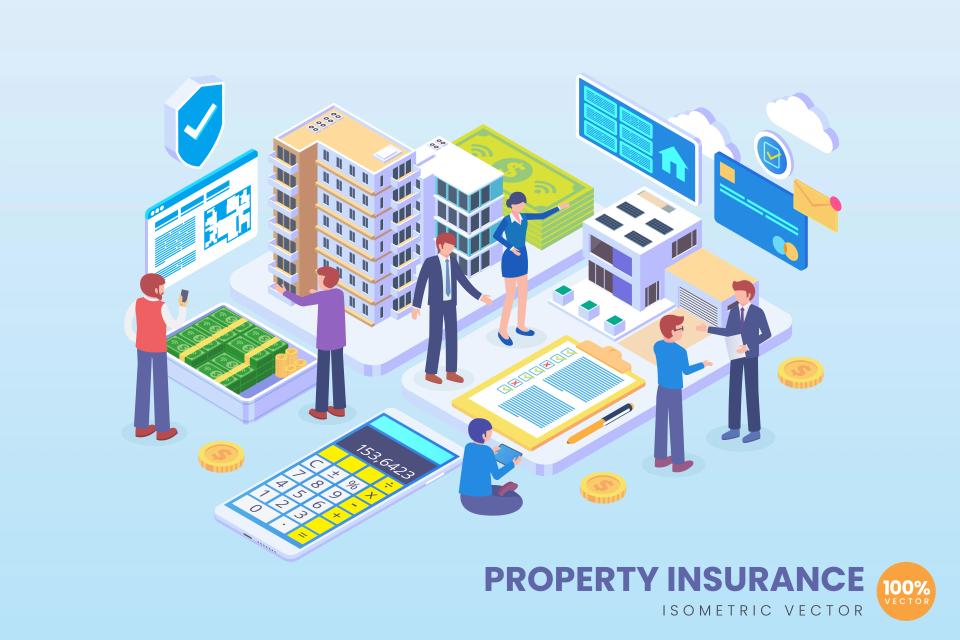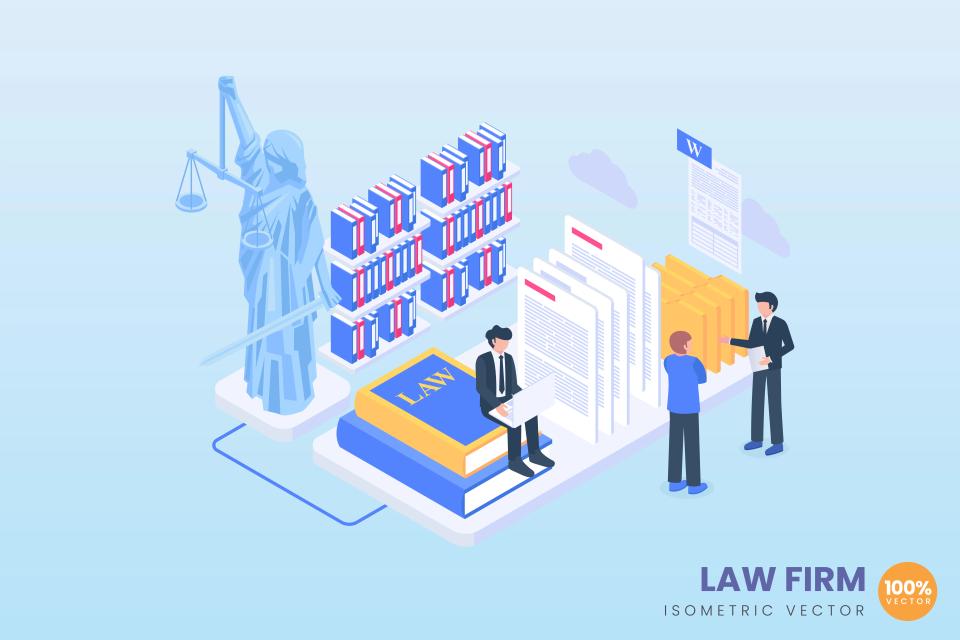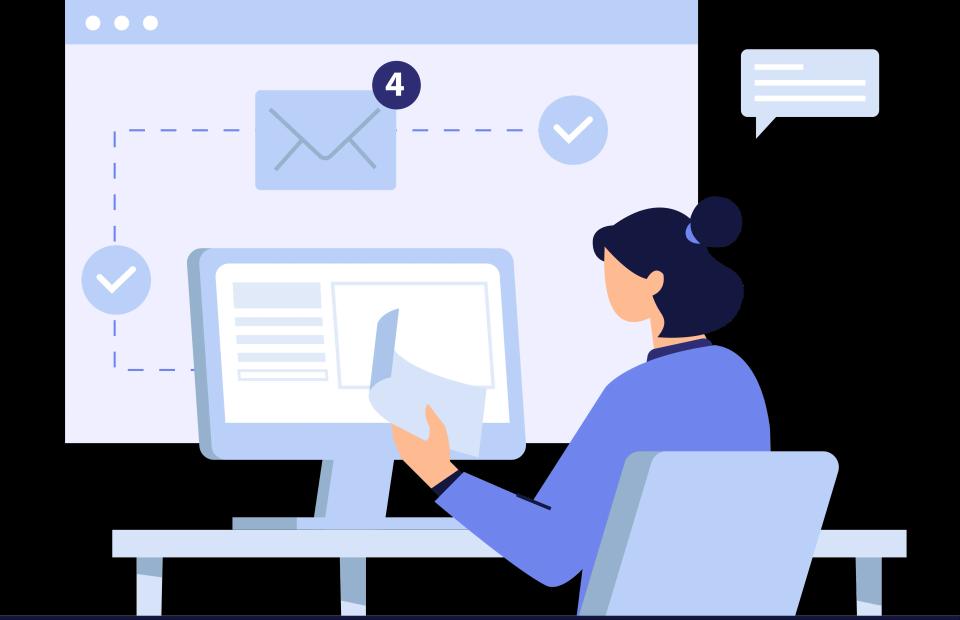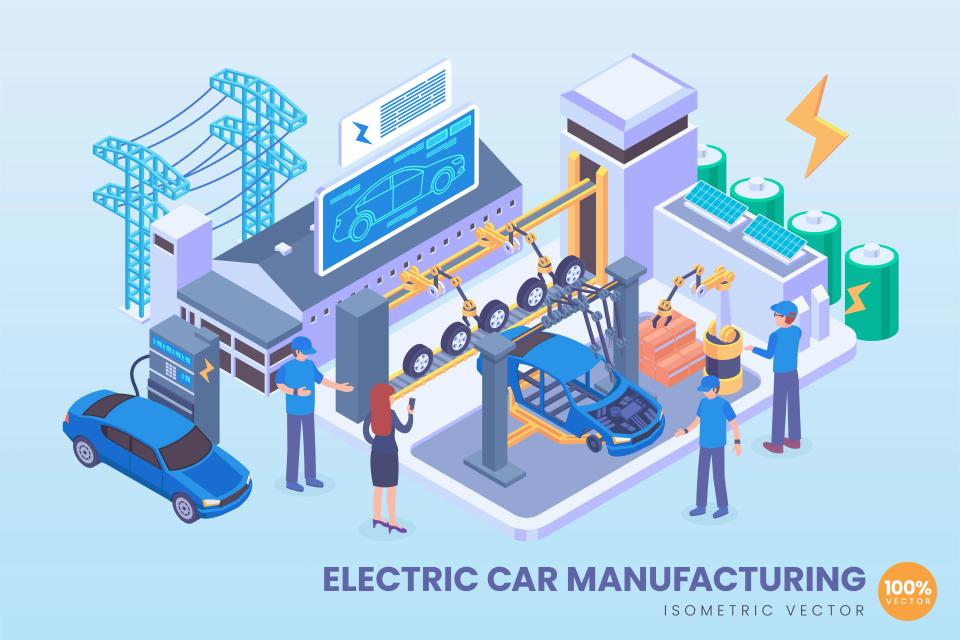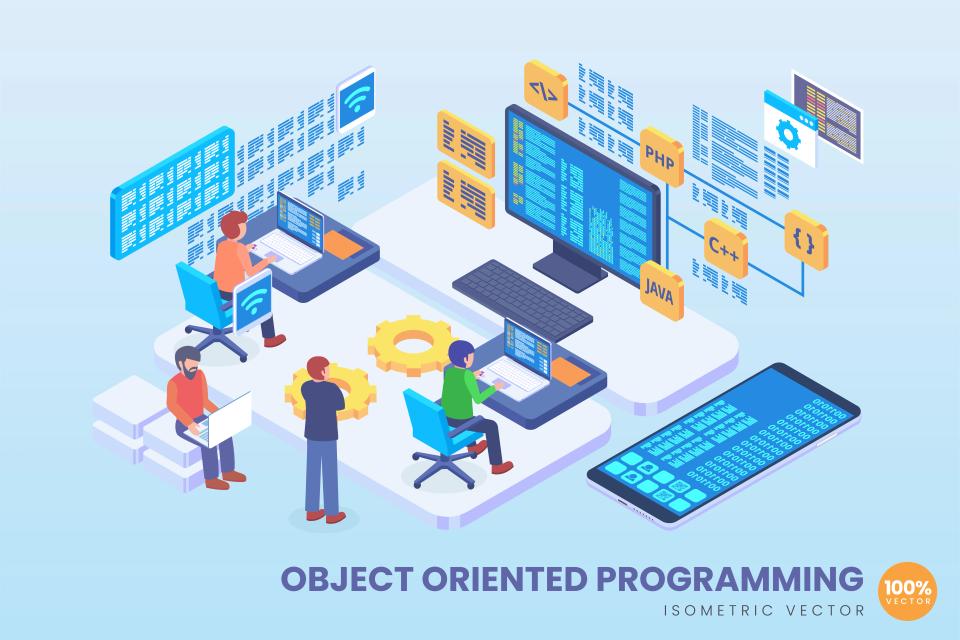The world of logistics never sleeps. Every shipment, every route, every client is a cog in a colossal machine. In this relentless race, US trucking ad spend alone surged by 8% year-over-year to a staggering $46.6 million in 2023, as reported by Statista. But are you truly cutting through the deafening noise to connect with businesses desperately seeking your unique services? Or is your message getting lost in the shuffle, your ad budget evaporating into thin air?
Many logistics and supply chain companies grapple with the digital advertising beast. You face the daunting task of reaching specific B2B decision-makers, not just anyone. You need to clearly articulate complex service offerings, from specialized freight to intricate supply chain solutions. And above all, you must ensure every dollar spent on advertising isn't just a gamble, but a calculated investment driving real, measurable returns.
What if there was a way to pinpoint those ideal clients right when they're searching for solutions you provide? Google Ads, when wielded with precision and expertise, isn't just another advertising platform; it's your direct line to motivated buyers. This post will arm you with actionable strategies for smart budget management, laser-focused B2B targeting, irresistible ad creation, and ironclad performance tracking, all designed to ensure your Google Ads campaigns deliver tangible, bottom-line ROI. At CaptivateClick, we've witnessed firsthand how strategic Google Ads can revolutionize lead generation for businesses just like yours, turning potential into profit.
Why Google Ads is a Game-Changer for Logistics & Supply Chain
Imagine a potential client, right now, typing "reliable international freight forwarding" or "urgent temperature-controlled shipping services" into Google. They aren't just browsing; they have an immediate need, a problem that demands a solution. Google Ads puts your business directly in their line of sight at this critical moment of high intent, making it an unparalleled tool for client acquisition in the logistics sector.
But it's not just about being seen; it's about being seen by the right people. In the B2B world of logistics, decisions are made by procurement managers, supply chain directors, and operations heads. Google Ads allows for sophisticated targeting, using specific keywords like customs brokerage services or warehouse storage solutions [city], as highlighted by SaveMyLeads' insights on Google Ads for logistics companies. This ensures your message reaches the professionals who hold the purchasing power, not just casual browsers.
The beauty of Google Ads lies in its transparency and measurability. Every click, every lead, every quote request can be meticulously tracked back to your ad spend. This means you're not guessing about your return on investment; you're seeing it in black and white. In an industry where efficiency is paramount, and with global transit ad spend hitting $22 billion in 2023 according to Verified Market Reports, having this level of clarity allows even specialized logistics companies to compete effectively against larger players, carving out their niche and securing profitable contracts.
Laying the Foundation: Strategic Budgeting & Goal Setting
Before you even think about launching your first Google Ad, you need a rock-solid plan. What exactly do you want to achieve? Without clear objectives, your advertising efforts will be like a ship without a rudder, drifting aimlessly and likely sinking your budget.
Defining Clear Objectives
Your goals will dictate your entire strategy. Are you primarily focused on generating immediate leads, such as quote requests for LTL freight services or consultation bookings for supply chain optimization? Perhaps you're looking to promote a specialized service, like cold chain logistics or last-mile delivery solutions, to a targeted audience. Or maybe your aim is broader, seeking to build brand awareness in new geographic service areas, laying the groundwork for future growth.
Smart Budget Allocation
Once your objectives are crystal clear, it's time to talk money. Don't just throw a random figure at your campaigns; start with a test budget. This allows you to gather initial performance data, understand your Cost-Per-Click (CPC) and, crucially, your Cost-Per-Acquisition (CPA) within the competitive logistics sector. As Pronto Marketing's case study demonstrated, one logistics firm dramatically reduced CPC by 98% through careful refinement, showing the power of smart management. Allocate your budget strategically across different campaigns – perhaps by service type (e.g., air freight, ocean freight), geographic region, or even by the urgency of the service needed.
Avoiding Common Budget Pitfalls
Many businesses stumble by spreading their budget too thinly across too many campaigns, diluting their impact. Another common mistake is not having a clear target CPA from the outset, making it impossible to gauge true profitability. Remember, the US trucking ad spend alone hit $46.6 million in 2023, as noted by Statista, indicating a competitive landscape where inefficient spending is quickly punished. By setting realistic CPA targets, informed by resources like Blobr's Target CPA guide, you can ensure your ad spend is working hard to deliver valuable leads, not just clicks.
Precision Targeting: Reaching the Right B2B Audience in Logistics
Your message is powerful, but only if it reaches the right ears. In the complex B2B landscape of logistics, precision targeting isn't just important; it's everything. You need to connect with the decision-makers actively seeking your specialized services, and Google Ads offers a formidable toolkit to do just that.
Keyword Research - The Cornerstone
Keywords are the lifeblood of your Google Ads campaigns. Think like your ideal client.
- Service-Specific Keywords: Target terms like
"temperature-controlled transport","customs brokerage services", or"supply chain consulting". These attract users with clear, defined needs. - Problem/Solution Keywords: Capture those searching for answers with phrases like
"reduce shipping costs"or"optimize logistics flow". Pesti's insights on transport marketing trends emphasize the power of such intent-based keywords. - Long-Tail Keywords: Don't underestimate the power of specific, longer phrases like
"reliable LTL freight carrier California to Texas". These often have lower competition and higher conversion rates. - Competitor Keywords: Understanding what terms your competitors are bidding on can provide valuable insights, though tread carefully and ethically here.
- Crucial Role of Negative Keywords: This is where many campaigns falter. Exclude irrelevant search terms like
"jobs","training", or"software"(if you don't offer it). As Cognism's B2B Google Ads strategy guide advises, adding negative keywords like "cheap" can also be vital if you're positioning your services as premium.
Audience Targeting Options
Beyond keywords, Google Ads allows you to layer on sophisticated audience targeting.
- In-Market Audiences: Target users Google has identified as actively researching or planning to purchase services in categories like
Business Services > Logistics & Transportation. - Custom Audiences: Upload your existing customer lists to create lookalike audiences or to exclude current clients from acquisition campaigns. Retargeting past website visitors who didn't convert is also a powerful tactic, as SaveMyLeads highlights.
- Demographic & Firmographic Targeting: Where available, or through layered targeting with platforms like LinkedIn, you can refine your audience by company size, industry, or even job titles like "Supply Chain Manager." Indeed, 55% of logistics firms are already using AI for predictive analytics in ad targeting, according to Pesti.
Geographic Targeting
For logistics, location is paramount. Pinpoint your exact service areas, whether they are specific trade lanes, port cities, or industrial zones. Use radius targeting around your key facilities or distribution hubs to capture local demand. This granular control ensures your ads are only shown to businesses in locations you can effectively serve.
Device & Dayparting
Think about when and where your B2B decision-makers are searching. Are they researching solutions during office hours on a desktop, or are they checking options on a mobile device while on the go? Analyze your data to identify peak search times and device usage, then adjust your bids accordingly using dayparting (ad scheduling) to maximize visibility and conversions when your audience is most active.
Crafting Compelling Ad Copy & Creatives that Convert Logistics Leads
You've found your audience; now you need to grab their attention and compel them to act. Your ad copy is your digital handshake, your first impression. In the no-nonsense world of logistics, it needs to be clear, concise, and benefit-driven.
Speak Your Audience's Language
Forget generic marketing fluff. Use the terminology your B2B clients understand and use daily. Whether it's intermodal solutions, FTL vs. LTL, or customs compliance, speaking their language builds instant credibility and shows you understand their world. This approach is crucial, much like how we tailor strategies for other specialized B2B sectors, as seen in our insights on Google Ads for architecture and engineering firms.
Highlight USPs (Unique Selling Propositions)
What makes your logistics service stand out? Is it your unparalleled reliability and on-time delivery record? Perhaps it's your specialized expertise in handling hazardous materials or oversized cargo. Maybe you offer superior cost-efficiency, cutting-edge tracking technology, or essential certifications like ISO or C-TPAT. Weave these powerful differentiators directly into your ad headlines and descriptions.
Strong Call-to-Actions (CTAs)
Tell them exactly what you want them to do next. Vague CTAs get ignored. Use direct, action-oriented phrases like:
"Request a Custom Quote""Get a Free Logistics Audit""Schedule a Consultation""Download Our Service Brochure"
These clear directives significantly increase the likelihood of a click turning into a genuine lead. ShipBob's advice on landing page optimization also underscores the importance of strong CTAs that resonate with logistics professionals.
Utilizing Ad Extensions Effectively
Ad extensions are your secret weapon for maximizing ad real estate and providing more information at a glance.
- Sitelink Extensions: Direct users to specific service pages, your contact page, or case studies.
- Callout Extensions: Highlight key benefits like "24/7 Support," "Global Network," or "Fully Insured."
- Location Extensions: Absolutely critical for local and regional service providers, showing your address and proximity.
- Call Extensions: Allow users to call you directly from the ad, perfect for urgent inquiries.
A/B Testing Ad Copy
Never assume your first ad is your best ad. Continuously test different headlines, descriptions, and CTAs to see what resonates most with your target audience. A Pronto Marketing case study revealed that a logistics firm improved its Click-Through Rate (CTR) by an impressive 52% simply through A/B testing ad copy. This iterative process of testing and refinement is key to unlocking peak performance, a principle we apply across various B2B campaigns, including those for driving B2B leads with Google Ads for manufacturing firms.
Optimizing Landing Pages: Turning Clicks into Qualified Leads
You’ve paid for the click. A potential B2B client has landed on your page. Now what? If your landing page isn't meticulously designed to convert, you're throwing money away. It's the critical link between a curious click and a qualified lead.
Ad Scent & Relevance
Imagine clicking an ad for "Urgent Air Freight Services" only to land on a generic homepage talking about warehousing. Frustrating, right? Your landing page content must directly mirror the promise of your ad copy and the intent behind the keyword. This concept, known as "ad scent," is vital for keeping visitors engaged and reducing bounce rates. ShipBob emphasizes this alignment as a cornerstone of effective landing pages.
Clear Value Proposition
Within seconds, your visitor needs to understand exactly how your logistics service solves their specific problem or meets their need. Don't make them hunt for it. Your value proposition should be front and center, compelling, and instantly clear. What unique benefit will they gain by choosing you over a competitor?
User-Friendly Lead Capture Forms
This is where many businesses stumble. Long, complicated forms are conversion killers. In fact, ShipBob notes that 26% of users abandon forms due to their complexity. Keep your forms short, simple, and only ask for absolutely essential information. Make it incredibly easy for them to take the next step. For deeper insights into form and page design, explore our strategies for effective conversion optimization through design and content.
Trust Signals
In B2B, trust is paramount. Your landing page should be loaded with credibility builders. Display testimonials from satisfied B2B clients, showcase relevant industry certifications (ISO, C-TPAT, etc.), feature compelling case studies, or include logos of well-known partners or clients. These elements reassure potential customers that you are a reputable and capable provider.
Mobile Responsiveness
Logistics managers and decision-makers are often on the move – at ports, in warehouses, or traveling between sites. Your landing page must be fully responsive and provide an excellent user experience on all devices, especially mobile. A clunky mobile experience is a surefire way to lose a valuable lead.
Clear Call-to-Action (Matching the Ad CTA)
Just like your ad, your landing page needs a prominent, clear call-to-action that tells the visitor precisely what to do next. Ideally, this CTA should match or closely align with the CTA in the ad that brought them there. Consistency reduces confusion and increases conversion rates. Optimizing these elements is key, and you can find more on this in our guide to expert conversion optimization techniques, which offers transferable insights for B2B landing pages.
Measuring What Matters: Tracking Performance & Calculating ROI
"What gets measured, gets managed." This old adage is the gospel truth in the world of Google Ads. If you're not meticulously tracking your campaign performance and calculating your Return on Investment (ROI), you're flying blind, hoping for the best instead of engineering success.
Setting Up Conversion Tracking
This is non-negotiable. You absolutely must set up conversion tracking in Google Ads to understand what actions users are taking after clicking your ad. Are they submitting quote request forms? Are they calling your business directly from an ad extension? Are they downloading your service brochures? Integrating Google Ads with Google Analytics, as recommended by Power Digital Marketing's guide to Google Ads ROI, provides even deeper insights into user behavior and the customer journey.
Key Performance Indicators (KPIs) for Logistics Ads
While many metrics are available, focus on the KPIs that truly indicate success for your logistics business:
- Click-Through Rate (CTR): The percentage of people who see your ad and click on it. A higher CTR often indicates relevant ad copy and targeting.
- Conversion Rate (CVR): The percentage of clicks that result in a desired action (e.g., a lead). This is a critical measure of ad and landing page effectiveness.
- Cost Per Conversion / Cost Per Lead (CPL): How much you're paying, on average, for each lead generated. This is vital for understanding profitability.
- Quality Score: Google's rating of the quality and relevance of your keywords, ads, and landing pages. A higher Quality Score can lead to lower CPCs and better ad positions.
- Impression Share: The percentage of impressions your ads received compared to the total number they could have received. This helps gauge your visibility against competitors.
- Ultimately: Return on Ad Spend (ROAS): This is the holy grail. For every dollar you spend on ads, how much revenue are you generating? While direct revenue attribution can be complex for service-based businesses, tracking leads to closed deals is essential. Cognism's B2B Google Ads strategy emphasizes the importance of tracking lead quality and lead-to-deal conversion rates.
Here's a simple way to visualize these core metrics:
| KPI | What it Measures | Why it Matters for Logistics |
|---|---|---|
| CTR | Ad relevance to search query | Attracting the right B2B searchers |
| CVR | Ad & landing page effectiveness in generating leads | Turning clicks into actual business opportunities |
| CPL | Cost-efficiency of lead generation | Ensuring profitability of ad spend |
| Quality Score | Overall ad relevance and user experience | Lower costs, better ad positions |
| ROAS | Revenue generated per dollar of ad spend | The ultimate measure of campaign success |
Regular Reporting & Analysis
Don't just set up tracking and forget it. Regularly dive into your Google Ads reports. Identify trends, pinpoint your top-performing (and underperforming) campaigns, ad groups, and keywords. Where are your most valuable leads coming from? What times of day or geographic areas are most fruitful? This ongoing analysis is crucial for making informed decisions and continuously optimizing your campaigns for better ROI, a practice detailed in our comprehensive guide to Google Ads for consulting firms, which has transferable measurement principles.
Continuous Optimization: The Path to Sustained Google Ads Success
Launching your Google Ads campaigns is just the beginning, not the finish line. The digital advertising landscape is dynamic, with competitor strategies, search trends, and Google's own algorithms constantly evolving. To achieve sustained success and maximize your ROI, continuous optimization isn't just recommended—it's essential.
Google Ads is definitively not a "set it and forget it" platform. Think of it as a high-performance engine that requires regular tuning to operate at peak efficiency. This means consistently reviewing your keyword performance, ruthlessly pausing or removing those that aren't delivering results, and actively adding new negative keywords to refine your targeting and eliminate wasted spend. As Pronto Marketing's case study showed, a logistics firm achieved a staggering 1,200% increase in conversions through diligent optimization, including target CPA bidding.
Your bidding strategy also needs ongoing attention. Are your bids competitive enough to secure top ad positions for high-value keywords, but not so high that they erode your profitability? Adjust your bids based on performance data, device type (desktop vs. mobile, as Brand Auditors suggests), time of day, and geographic location. Don't be afraid to test new ad variations, experiment with different calls-to-action, and refine your landing page elements to constantly improve conversion rates. Keep a close eye on what your competitors are doing, and always stay informed about new Google Ads features and best practices to maintain your competitive edge.
Conclusion: Your Blueprint for Google Ads Dominance in Logistics
You've seen the battlefield. You understand the stakes. Now, you have the strategic blueprint to conquer it. Maximizing your ROI with Google Ads in the fiercely competitive logistics and supply chain sector hinges on a potent combination of meticulous planning, precision targeting, compelling messaging, seamless user experience, and relentless performance tracking. It’s about transforming your ad spend from a hopeful expense into a predictable, profit-driving machine.
When managed with expertise and a commitment to continuous improvement, Google Ads becomes more than just an advertising channel; it's a powerful engine for B2B lead generation, connecting you directly with businesses actively searching for your specialized logistics solutions. The strategies outlined—from defining crystal-clear objectives and allocating budgets wisely, to crafting irresistible ad copy and optimizing every click through to conversion—are your keys to unlocking significant growth and a dominant market position. Remember, after generating these valuable leads, nurturing them into long-term partnerships is crucial, a topic we explore in optimizing email campaigns for B2B relationships.
Ready to stop guessing and start winning with Google Ads? If you're prepared to unlock the full, explosive potential of Google Ads for your logistics or supply chain company, the seasoned experts at CaptivateClick are here to make it happen. We specialize in crafting and managing high-ROI PPC campaigns meticulously tailored to the unique demands and opportunities within the supply chain industry. Contact CaptivateClick today for a free consultation and let's discuss how we can help you smash your growth goals and leave your competitors wondering what hit them.




